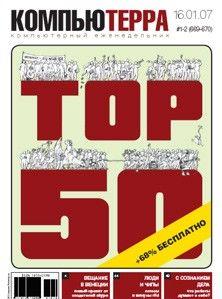
Аннотация
Application frameworks have grown in popularity over the past fi ve years. There has been a tremendous shift from handwriting all code to leveraging these powerful frameworks with prebuilt components and features. However, with anything that comes to be in fashion, there are now a lot of contending options, and each of them viable.
While CodeIgniter was one of the fi rst frameworks to enjoy widespread popularity, this popularity would come to be its undoing years later, as its large spread use and low barrier to entry meant it couldn't take advantage of newer versions of PHP without losing backwards compatibility, and potentially breaking lots of applications. This saw it then be surpassed by faster-moving alternatives such as Symfony and even FuelPHP, which was developed as a response to CodeIgniter's unwillingness to embrace change.
Enter: Laravel. Laravel joined the framework scene when there were already many players. However, the developers of Laravel used this timing to their advantage, instead creating a framework that avoided all of the problems and mistakes previous full stack frameworks had made and building on top of the excellent Symfony components in order to create a robust, component-based framework.
Instead of providing dozens of inf l exible libraries, Laravel provides sensible, driver-based components that developers could use to build applications their own way, rather than trying to mash everything into the layout the framework author def i ned. This led to Laravel rising in popularity. It was also a fast-moving framework, and, by version 4, had become the most starred framework on GitHub, a testament to its popularity.






Комментарии к книге "Laravel 5 Essentials"